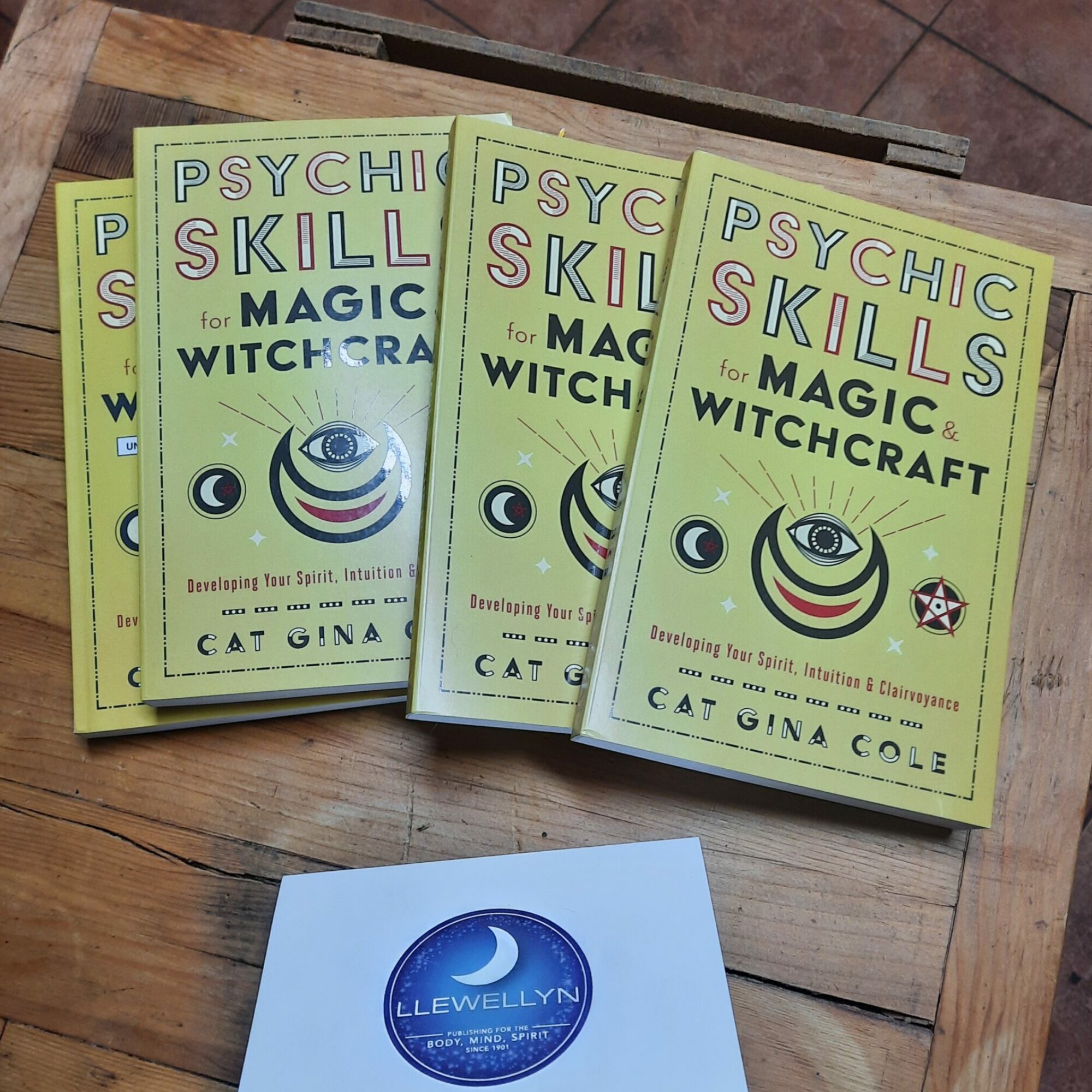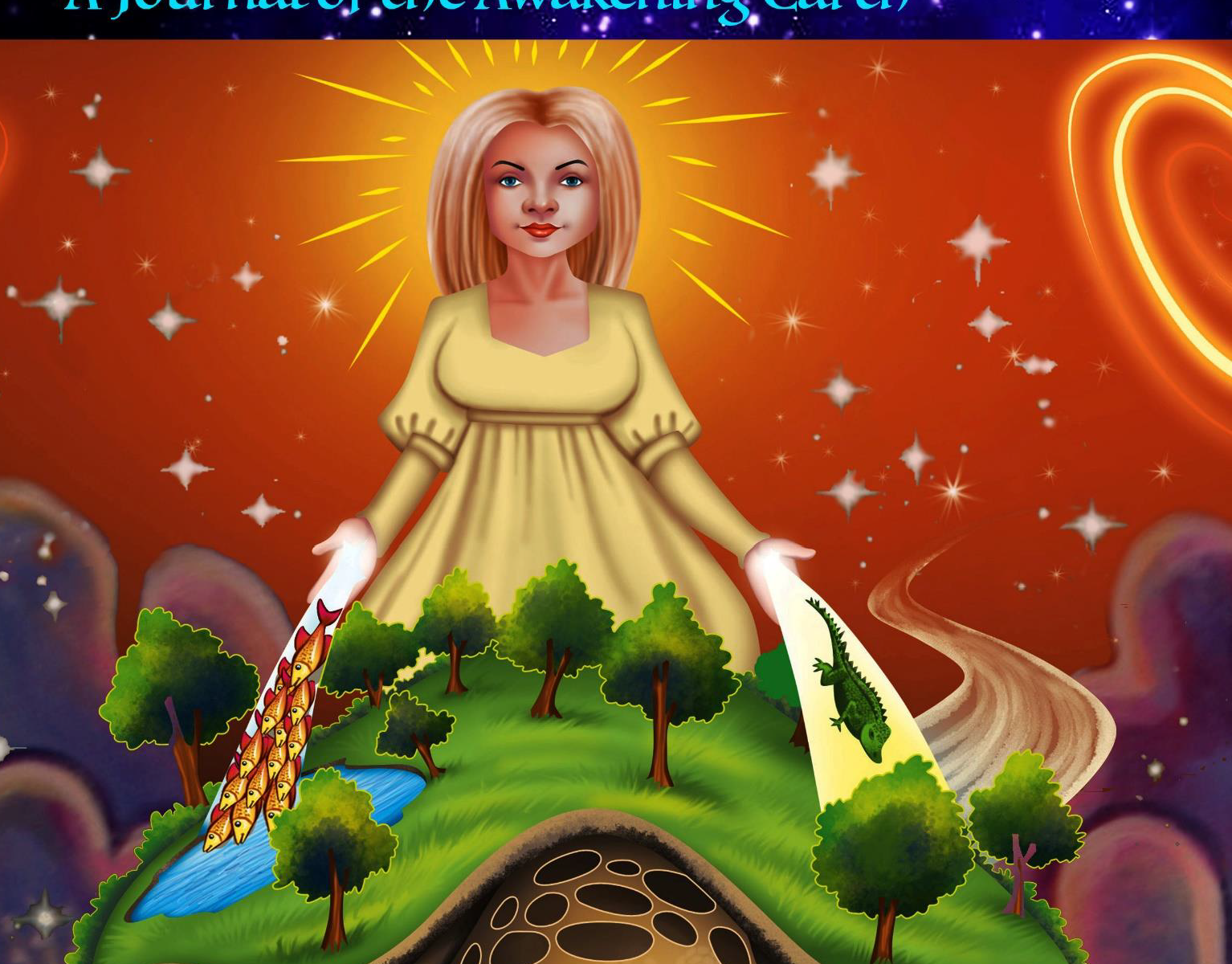A PEEK INTO GRECO-ROMAN MAGIC
Cat Gina Cole
(cover art by Pratima Sarkar)
In 2009 I joined a public magic school in our area. For one of my assignments, I had to pick a Pantheon I was familiar with, and write about its culture and magic. The following article is a revised copy of that paper, and I must say I found digging deeper into the old magic intriguing.
In my research, I discovered a document titled “ Papyri Graecae Magicae” It is the name given by scholars to a body of papyri, an ancient paper from Greco-Roman Egypt, which contains a number of magical spells, formula’s, hymns, and rituals. The materials in the papyri date from the 2nd century BC to the 5th century AD. The manuscripts came to light through the antiquities trade from the 18th century onwards. Many of these pieces are pages or fragmentary extracts from spell book repositories of arcane knowledge and mystical secrets.
As far as they have been reconstructed, these papers and fragments appear to fall into two broad categories; Some are compilations of spells and magical writings gathered by scholarly collectors either out of academic interest or a study into magic. Others may have been working manuals. The pages contain spells, recipes, and prayers, interspersed with magic words and often in shorthand or with abbreviations. These spells range from impressive and mystical summoning’s of dark gods and daemons, and include folk remedies, ominous fatal curses, love charms, cures for impotence and minor medical complaints.
What follows are excerpts pieced together from The PGM as well as other scholars’ opinions and theories as to the meaning to one of the most important pieces in the history of magic.
In magic, we have always tried to locate the secret forces in nature, their sympathies, and antipathies. In a sense, the magi of the time were scientists also known as alchemists. They were interested in manipulating the powers and dynamics of nature. At the same time, they explored the human soul, the conscious and unconscious states to see what they contain and how they work.
The first magical operation that was recorded in the Greek language is found in book 10 of the Odyssey in Odysseus’ meeting with Circe. Circe is a daughter of a Titan. Not only can Circe turn men into beasts but she can predict the future. Through her predictions and instruction, Homer links Circe with other magical motifs of the epic, specifically the necromantic scene in book 11 of the Odyssey. In which Odysseus following Circe’s instructions digs a trench, pours out as an offering to the dead a drink consisting of honey, milk wine and water. Then he slaughters two black sheep in such a way that their blood runs into the trench. This attracts the shade of the dead in flocks, and by drinking the blood they regain, for a short time, the ability to communicate with the living. One should note that Circe’s magic consists in the use of a wand and that Odysseus’ defense against her was an herb called Moly. An herb that was revealed to him by Hermes.
Several requisites of magic are combined in this story. A mysterious tool that looks like a stick but that is obviously endowed with special powers; an herb that was not easy to find; and a God who reveals to one of his favorites a secret that will save him. Thus, at the beginning of recorded Greek literature, we find three elements that will characterize magic as a system in the Hellenistic age; a magical tool; a magical herb; and a God who reveals a great secret. The magical acts and information gained by them was of great benefit to Odysseus in the end.
Then we have the miracles of Pythagoras. He is a philosopher accused of being a magician. He was accused of eight things. The first, being seen in two cities at the exact same time. Two; He had a golden thigh as if his leg were made of the metal. Three; he told Crotanite that on a previous existence he was King Midas, Four, a white eagle permitted him to stroke it. Five; a river greeted him, “ Hail Pythagoras!” Six; he predicted a dead man would be found on a ship entering the harbor. Seven; when asked for a sign he predicted the appearance of a white bear and declared it was dead before the messenger reached him bearing the news. Eight; he bit a poisonous snake to death. Pythagoras, through both his legend and his doctrine, had great influence on Platonism, as he does on the foundation of all magic.
Next comes Plato, who says little about magical practices. That he believed in astrology and other forms of divination is strongly suggested by Timaeus and is reasonable to assume he believed in daemons given what we know of the Platonic school of tradition. In Plato’s laws, he takes healers, profits, and sorcerers for granted. These practitioners existed in Athens and no doubt all other Greek cities. Plato felt they had to be reckoned with and controlled by laws. Plato does add that one should not be afraid of them, their powers are real, but they themselves represent a rather low order of humanity. This belief of Plato’s was also prevalent in many other cultures across time, and still continues to this day.
Later in the Hellenistic period, which is roughly the last centuries before Christ, there seems to be a new interest in magic. From this period, we have an abundance of texts in Greek and Latin, some are literary and some are for practical use. Of special interest here is, that the Magical Papyri that still exist were written in the first centuries after Christ. However, their concepts, formulas and rituals reflect a much earlier period when occult sciences were developed into one great system.
The syncrenistic urging of the Hellenistic mind produced a great body of occult lore. Syncrenistic means the amalgamation of different religions, cultures, or schools of thought. So, you see being eclectic and borrowing from other practices has been around a long time.
Following in the line of Greco Roman magic is Theocritus -310 – 250 BC. He is mainly known as a pastoral poet but he also wrote several pieces describing everyday life in the great modern capital of Alexandria. One of these has the title of Pharmakeutria, which is the feminine equivalent of Pharmakeutes and means witch or sorceress, it is derived from Pharmakon meaning drug, poison, potion, or spell. Any herb, chemical, or requisite used in medicine or magic could be called Pharmakon. This is the earliest recorded beginnings of herbalism as we know it today.
Another text involves a young Greek woman, Simaetha, who lived in Alexandria, and was in love with a young athlete, however he has not shown himself at her door for eleven days, and she decides to draw him back by magical means. She set up with a few fairly simple pre-requisites for a magical operation at her home. The ingredients she uses are, barley groats, and…
For the rest of this article and the full summer edition please go to http://greeneggmagazine.com

